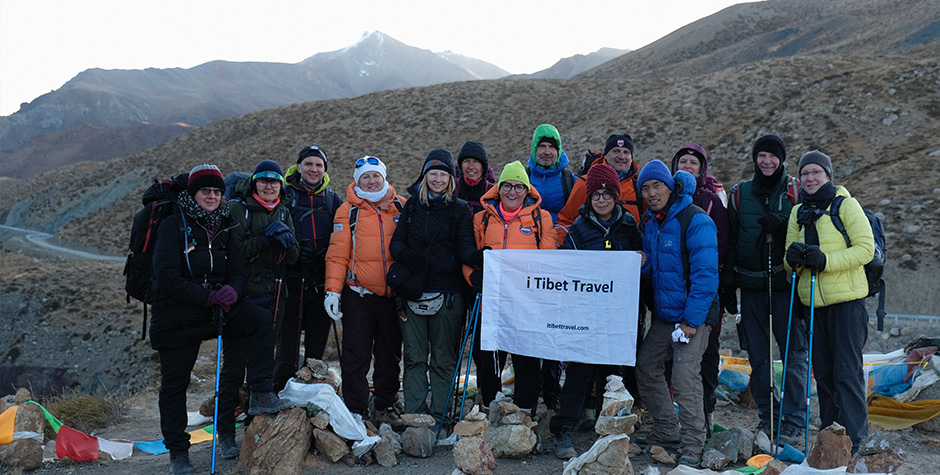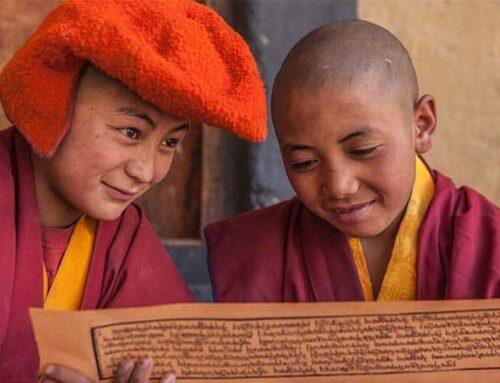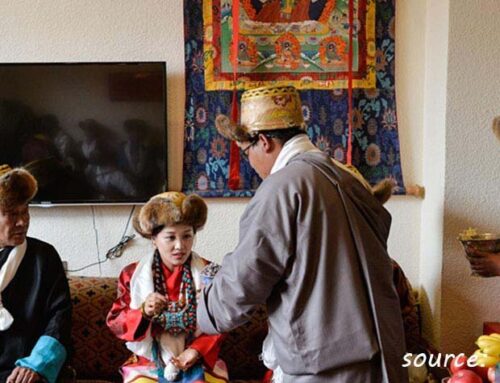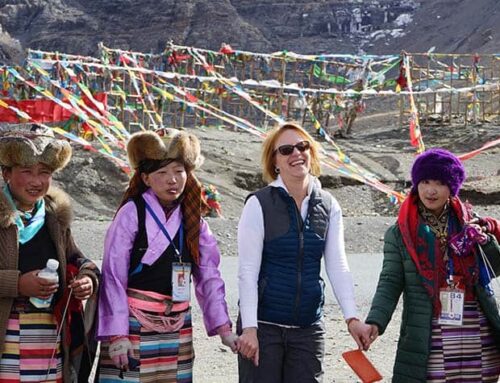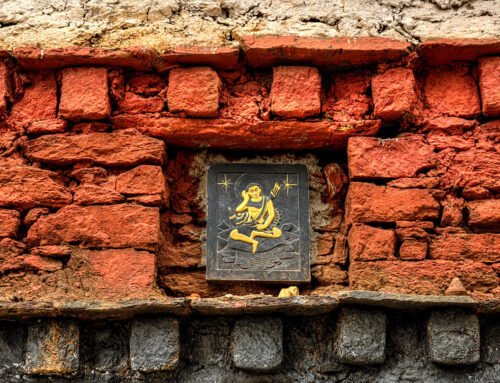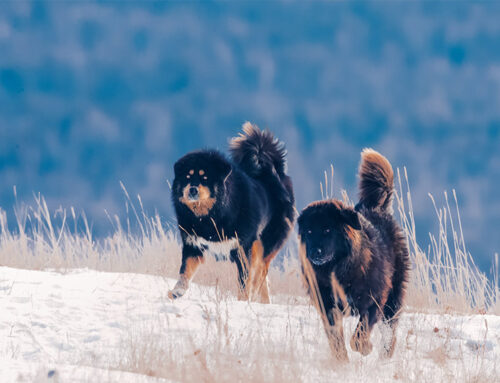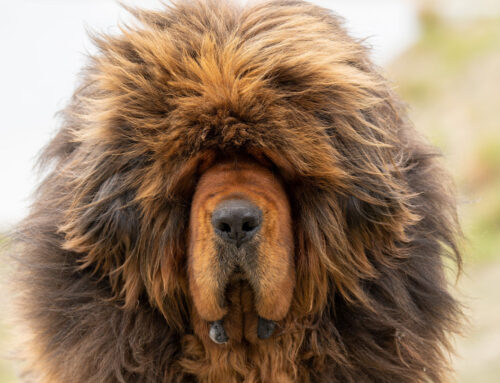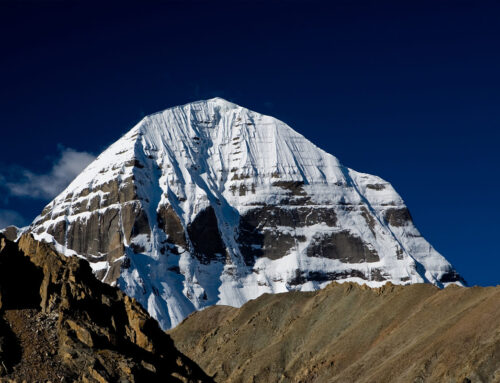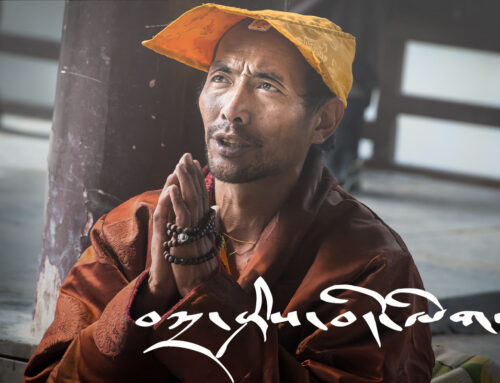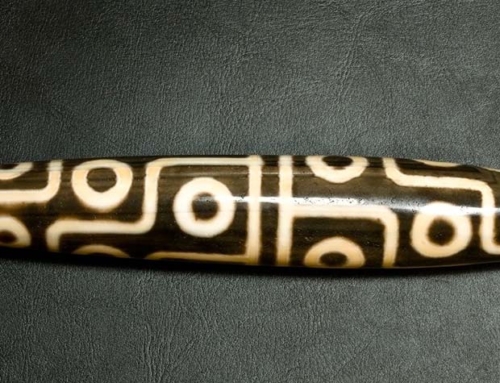Tibetan Food or Food in Tibet is unique and special for the high altitude. It is made memorable because of the isolation by the geographical setup. While you are making your tour to Tibet, We think it is essential to know about and try a Tibetan diet.
Many of our foreign friends, especially those who belong to the conservative religious background, must understand information and some ideas about what locals Tibetans are eating. We think this will help you make an informed decision about where to eat and what to order.
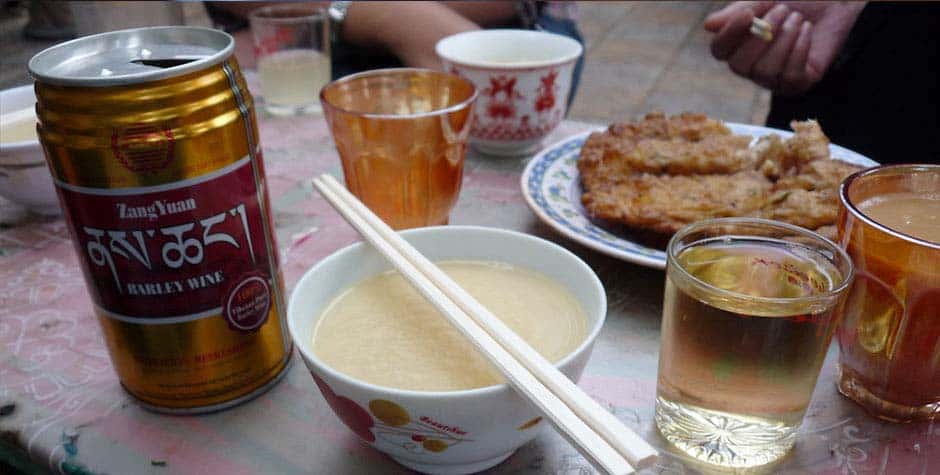
Following are the most prominent stable Tibetan Food or Food in Tibet.
Tsampa
Tsampa is the main staple food in Tibet or A staple Tibetan Food. It is a flour of roasted Barley or beans. Since it is roasted, it is already cooked, and there is no need to cook it again. We can safely be called the world first fast food.
According to some archaeologists, tsampa is deeply rooted in our Tibetan civilization is about 4000 to 5000 years old culture civilization. Some archaeological evidence proves the concept, which tells us we Tibetan have been consuming Tsampa since historical time. It’s everyday breakfast in Our case, and it encourage by our older generation to eat Tsampa every morning as a part conservating our culture.
You can eat Tsampa in the following three different ways.
Pak
One is by making to the stiff dough of Tsampa, Pak is not a cake. You will mix the Tsampa with tea either in the bowl using your hand or using a small leather pouch call Thangku. Either way, you will mix it using your hand and squeeze it in your hand before eating it. Many locals and tour guides prefer to call it a Tsampa cake, but the cake is a western delicacy, and We would not use it to understand our culture clearly. Western doesn’t have such a culture, so we would prefer to use our own Tibetan teams. So Pak is Pak, not a cake.
When we make pak most lavishly, we put a piece of butter, some small amount of dried cheese, sugar and Tibetan tea. You will either mix it using the leather pouch called Thangku, or you will mix it with your hand, putting the mixture in a cup.
For the beginner, I would suggest eating it in a leather pouch. If you visit the rural nomad family, it is common to see the head of the family making pak in the Thangku (the leather pouch). This also signifies dependence in the family. If you visit the families in the village or town set up, you will commonly see people using the cup and the bare hand in making pak.
Jamthu
Another way of eating Tsampa is called Jamthu. That means smooth. In Jamthu, all the ingredient are the same, yet the amount of the tea is more, and we mix the mixture into soup or dilute form. This way of eating Tsampa mainly uses when we are feeding our babies and young ones and in my case, when we are busy chewing the hard pak.
Dry Tsampa
The last way of eating Tsampa is by eating the dry Tsampa flour and drinking tea after tea. It requires excellent skills and experiences. If you are going to try, please have something to drink quickly after popping it in your mouth. Preferably Luke warm water.
We would not encourage eating Tsampa in this way as it might choke you. In our communities and family, older people love to have Tsampa that way. They would like to have a pot of Tsampa on the table all the time and would pop in a spoon of Tsampa as a snack before sipping a tea.
Eating Tsampa in restaurant
If you go to a Tibetan cuisine restaurant in Tibet now, if you order Tsampa, there will be a ready-made park. There would call it Tsampa cake. If you order the ready-made pak, you will miss the fun of making the pak yourself. We suggest you ask your guide to take you to some Tibetan family restaurant in Chushul country near Lhasa. You will most likely pass by that village on our way to Shigatse from Lhasa or Lhasa from Shigatse.
In those family houses, you can wear Tibetan cloth , and your host will show you who to make pak. This is great fun visiting those family restaurants. But to have more excellent delight in the family house, you might want to avoid the busy tourist season.
Tibetan Tea
We Tibetans are very fond of drinking tea, so we can consider its important to know about Tibetan teas in this guide for Tibetan food. We have an old saying, “it’s pure happiness if we have a smoothing tea every morning.” There are a few kinds of tea; butter tea, black tea, milk tea, and sweet tea.
Yak Butter Tea
The Butter tea is a tea made by mixing the tea with butter. It will be fatty and salty. It surprises many of you visiting friends to Tibet as most of them a presumption that the tea is sweet, well all are not. In this case, it is salty. This is must to have if you are having Tsampa in any forms.Traditionally we use to mix the tea and the butter in our mixer call Dongmu. It’s a wooden piston in a wooden pile, where one end is lock. The tea maker will pull up and push down the piston from the unlocked side to the pipe to mix tea and the butter. Please be cautious as some tea might be very salty to you. But if you are visiting the house or nomad how makes their butter, go for it. It’s worth having the taste of it.
Black Tea
The Black tea is like afternoon tea when a family finishes the butter tea made in the morning. Black tea is also salty. Many restaurants offer black tea as soon as you enter the restaurant before you order your food. If their offers without you asking, it’s free, but if you ask for it, that means you will have to pay for it. We must have something hot to drink half an hour before we eat in our Tibetan medicine concept. This helps to warm up your stomach before you eat. So in many restaurants, there will offer you something to drink before you eat.
Milk tea is another Tibetan tea style from the Amdo region of China, popularly known as Qinghai. The drink looks just like chai or sweet tea. But there is no salt or sweet in this tea. It is popularly known as Amchai, which mean Amdo tea.
Sweet Tea
Sweet tea, this tea is trendy in Tibet now. We prefer to call it the latest generation of tea in Tibetan history. We don’t know about its origin in Tibetan society. But We are sure it’s not a local origin. I believe the sweet tea is borrowed from India during the dawn of the British Empire in India. Now it has become dominant in Tibet daily culture.
There are many popular tea shops in Lhasa. Gum Chung and Ani Tsangku and Zetro are the most popular in Lhasa. These three tea house has become a must to visit place for many Domestic travellers. We always encourage our guest to spent some times in the chatter of hundreds of people in the house while sipping tea. Another funny thing about Tibetan teas culture is tea is not commonly sold per cup. You can buy a tea base of thermos pot from one to five. The number one pot contains about one litre of tea. Once a foreign guest asked a guide if it is a factory upon seeing lots of bicycles parked outside the teas house.
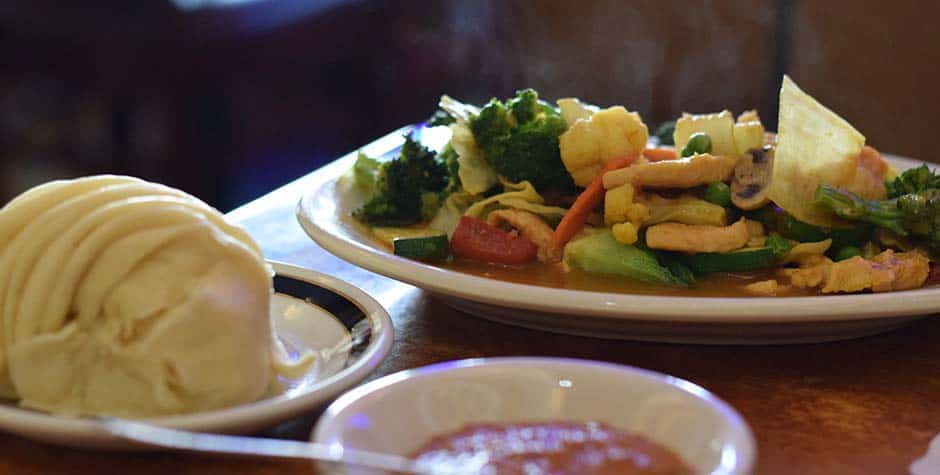
Eating Meat
It is a common assumption makes by any traveller who has never particle experience of being in the Tibetan community. Yes, we are Buddhist and, most Tibetan Food consists of meat. We live in the highest place in the world, where traditionally we do not have good vegetation. We will in an average of 4000 meters above sea level.
Meat is the only staple food after Tsampa. So this is why we will find meat on our dining table. Many people skip eating the meat of 8th, 10th, 15th, 18th, 20th, 25th, 28th, and the last day of the Tibetan lunar calendar because these dates are considered auspicious dates in your astrology.
But tradition, we are only allowed to consume the animals with the hoof. We are not allowed to eat any plates of seafood, chicken, and any other meat. There is only one fishing village in Tibet, and people from that village are allowed to eat fish.
Yak beef is the dominant meat in our society. Whenever you eat a meal in the local restaurant, you are more likely being eating the Yak meat. It is a must for travellers with Hinduism or any religion which prohibit you from consuming meat. It is better to tell you the tour guide and ask them to take you to the vegetarian restaurant. Vegetarianism is an emerging trend in our society. You will indeed find a vegetarian restaurant in every town in Tibet.
We do consume lamp meat but on infrequent occasion and lamp more expensive than Yak beef. Suppose you go to the Tibetan Muslim area of Lhasa. You can enjoy a good lamp.
Noodle
Noodle is the must-have Tibetan food in Lhasa. If you meet a local friend, he will ask you to go for sweet tea or noodle. But it means the same; you are more likely to end up having both noodle and sweet tea. Both sell in the Tea shop or any local restaurant. We always suggest all my clients go for tea and noodles in the local restaurant while they are here. You will know the feeling when you sit with other locals and drink tea with a welcoming, smiling face.
There are many kinds of Noodles in Tibet. Being in the world highest plateau, our ancestor has developed excellent skill in making noodle. Noodle warms up your body before going to bed. And for our family, it is almost a typical dinner for the entire winter. The most common noodles in the market are Bhoe-thuk, Lup-thuk, and tro-mei.
Bhoe-thuk
Bhoe-Thuk is the most common in every tea house, and it is must to have for everyone. This is an about two-millimetre thick noodle. It is cooked, and when it is served, it is done after dripping it in a boiling meat soup. It is a must-have, and please try it. You will have more of it.
Lup-Thuk
Lup Thuk is the speciality of the area in Lhasa called Lupu. The noodle is very thick, and sometimes you will feel like the noodle is not adequately cooked. You will not get it everywhere as it is under the copyright of a local co-operative which invent the noodle. You will have to go to a particular restaurant to have it. I think you would like it on the first try, but if you have room for the second try next, I think you will love it better than the previous visit.
Tro-Mei
It is the speciality of the Amdo region. It is more of the taste of tomato. If you want to try it out, the best option is to go to Amdo restaurant. This noodle has a close tie with the Hui people. There are next to Tibetan in the region.
Point of pointer about Tibetan Food
- All our Tibetan food are a little salty for the outsider. We think this has something to do with the high altitude.
- Tibetan Yak butter tea is Salty, not sweet.
- In most of the local, you might have to pay while ordering
- If you want to try a local dish, ask your guide to refer you to a local Tibetan restaurant. Don’t just ask for the restaurant. You might end up eating in a Nepalese restaurant.
- Lastly, We would recommend you to go to a local restaurant selling Tibetan food. While asking about the restaurant, you can ask for an excellent Bho-Zey restaurant.
- Here is a guide to Best Restaurants in Lhasa : where to eat in Lhasa?
Explore Tibet with a local Tibetan Travel Agency
If you’re looking to explore Tibet, starting your journey with a reputable Tibetan travel agency in Tibet is crucial. Tibet Travel & Tours is a great choice to begin your adventure with their extensive knowledge of the region and commitment to responsible tourism.
Their Tibet tour packages cater to a range of interests and budgets, making it easy to plan a trip that suits your needs. Before embarking on your tibet tour, it’s essential to have the right Tibet travel information and necessary documents, including a Tibet travel permit.
The Tibet Travel Planner provided by i-Tibet travel is an excellent resource to plan your trip, including tips on what to pack, where to stay, and what to see.
For beginners, the “About Tibet” guide provided by i-Tibet travel offers a comprehensive overview of the region’s history, culture, and top attractions. So, start your Tibet travel plan here with i-Tibet travel and discover the magic of Tibet for yourself.

